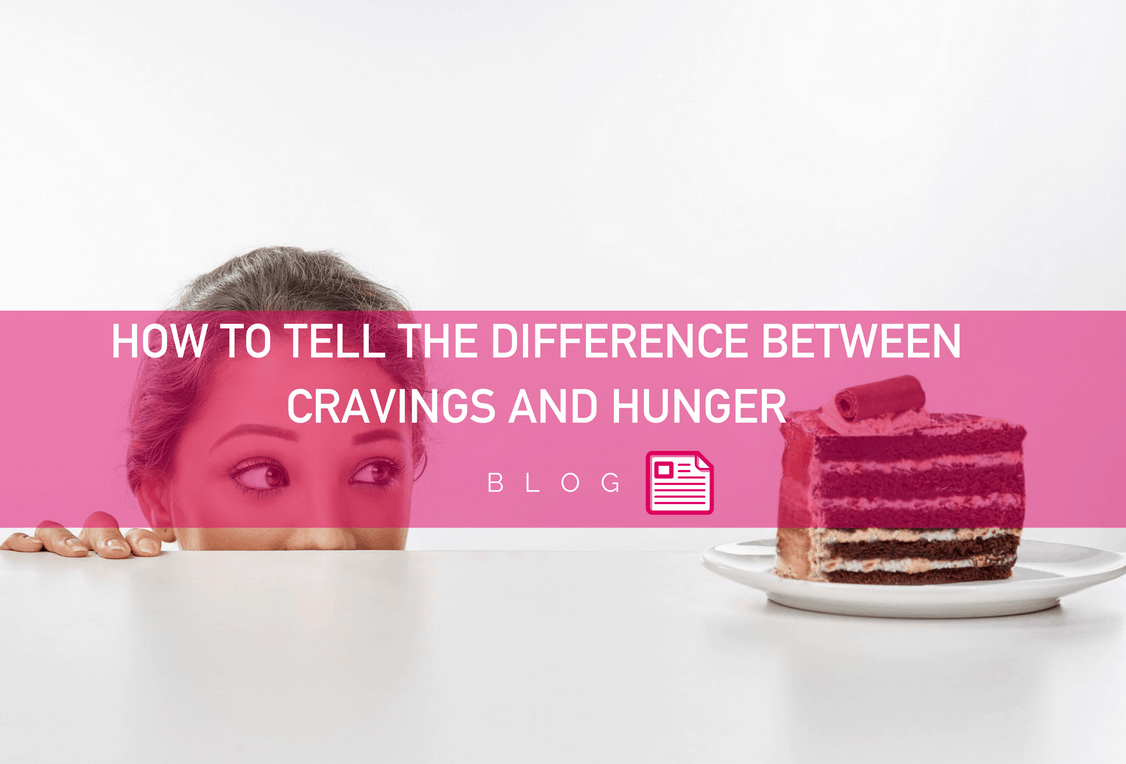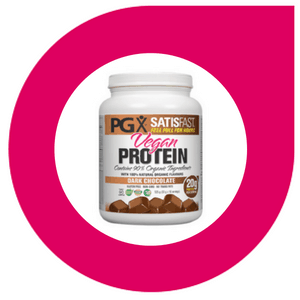
Contrary to popular belief, it’s not that tricky to tell the difference between cravings and hunger. For example, cravings rarely indicate an urgent need for a specific nutrient only found in, say, bacon.
What Are Cravings Anyway
While cravings don’t normally serve a purpose in terms of health, hunger is a necessary physiological response that ensures we seek out food to keep our bodies fuelled. Most cravings are not a sign that your body is lacking some particular nutrient. Instead, they are most likely borne of emotional hunger rather than physiological need.
To tell if your sudden desire to eat, for example, a bag of chips is a craving or real hunger, ask yourself the following questions:
- Is that particular food the only one that will satisfy your desire?
- Does the desire persist even if you wait ten minutes, or try to distract yourself?
- Is your stomach growling or feeling hollow?
- Are you finding it hard to concentrate?
- Do you have a headache, fatigue, or fogginess?
If the answer to the questions above is a resounding “yes” then it sounds like you’re hungry and might want to choose a healthier way to refuel than eating a bag of chips. If the answer to the questions is mainly a “no” then the desire is most likely a craving and will pass if given enough time.
 Learning to Differentiate Between Cravings and Hunger
Learning to Differentiate Between Cravings and Hunger
Learning to tell the difference between hunger and cravings is important as it can help prevent eating an excess of foods that can sabotage good health. Many cravings are liable to get you into a little dietary trouble, and may make it difficult to manage your weight. Some cravings for specific foods, especially meat products, are somewhat misleading and actually belie a hunger for fats and protein.
However, some specific food cravings, like those for meat products, can actually belie a hunger for fats and protein. So the next time you get an urge for an ooey-gooey double bacon cheeseburger, try a peanut butter and jam sandwich, or an avocado, some fresh dates, and a handful of walnuts instead. This combination of fats, sugars, and proteins will satisfy your hunger without the adverse effects associated with red meat consumption.
Controlling Cravings
Assuming that there is no nutritional need prompting specific cravings, what can you do to help curb your cravings? Here are some simple suggestions that could make a difference:
Drink Water
If you feel an urge to eat between meals, drink a glass of water and wait ten minutes. If you’re still feeling the desire to eat, you’re probably hungry and should find something healthy to satisfy that hunger.
Choose Snacks Wisely
Good ideas for healthy snacks include nuts, seeds, vegetable sticks and hummus, flaxseed crackers and guacamole, and a banana or apple.
Don’t Buy the Foods You Crave
If your kitchen is packed with bags of chips, bars of chocolate, cakes, cookies, bacon, sausages, cheese and similar fatty, sugary, and generally unhealthy foods, you’re more likely to eat them. Avoid buying these foods or bringing them home and you’ll find yourself eating healthy foods instead.
Eat More Vegetables
Not only are vegetables packed with antioxidants, vitamins, minerals, and phytonutrients, they are also a great source of water and fibre which help fill you up and reduce hunger, even when your appetite is enormous and you usually snack between meals.
 Try PGX!
Try PGX!
This patented complex fibre is made up of 100% natural, highly viscous polysaccharides which soak up water to expand in the stomach and create a feeling of fullness. As PGX helps to slow down digestion and the release of sugars from food, it supports healthy blood sugar levels.
